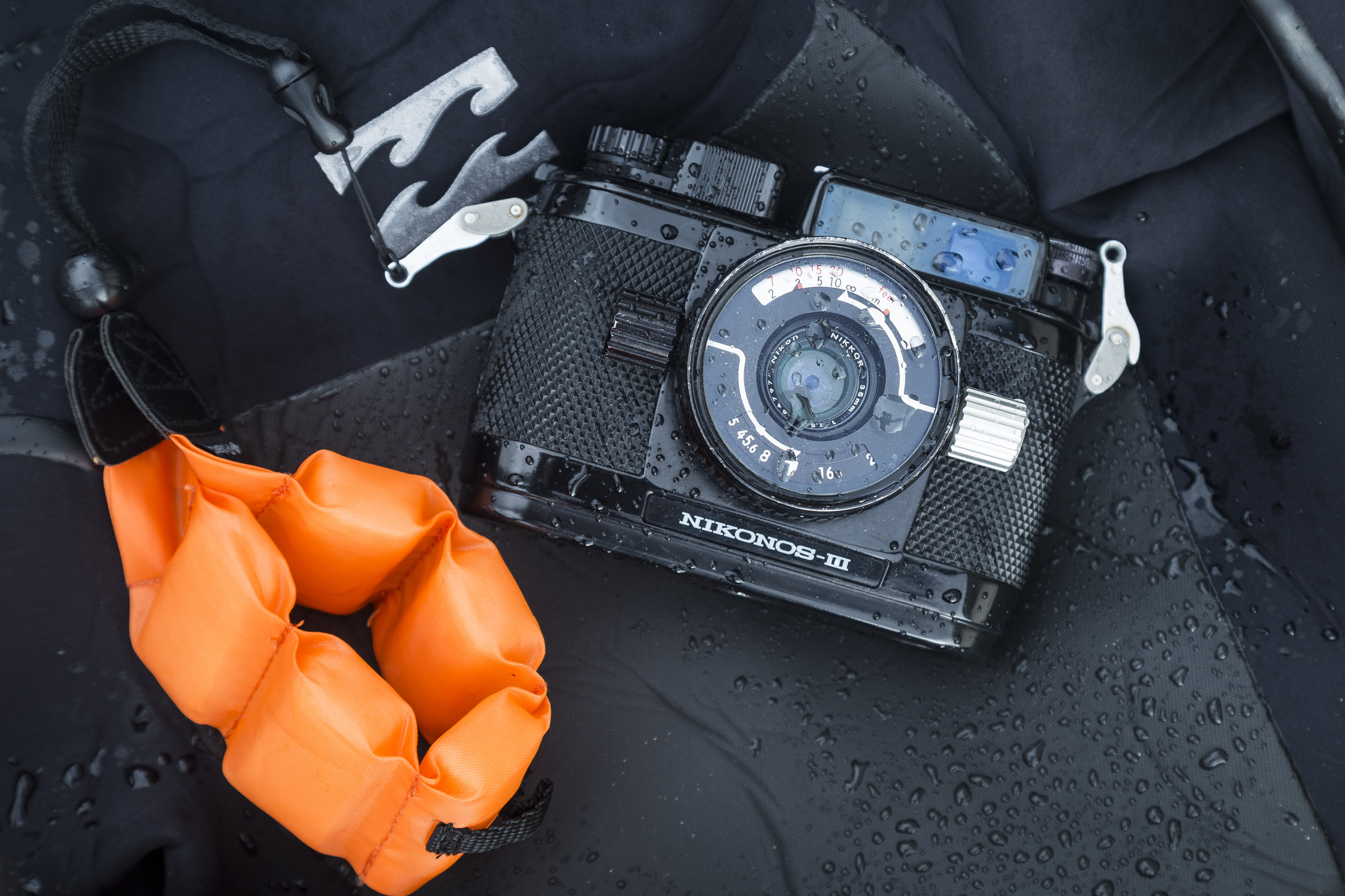Kodak Tri-X

Tri-X is one of the oldest high speed BW films. It was originally developed in the 1940s as a 200 speed film and then progressed to include 320 and 400 speed options. It's speed and forgiving flexibility made it especially popular among photojournalists working in newsprint and documentary. By combing this flexibility with the desirable visual characteristics it possesses, it's no wonder it remains incredibly popular today.
Let's talk speed. At 400, Tri-X is a pretty standard high speed film. This alone gives you the ability to pretty much shoot anything with a decently bright lens. I shot for a year with this film and a lower end 50mm 1.8 almost exclusively, only running into problems at night . Of course this often comes with the trade off that you can't shoot wide open without using an ND filter or incredibly high shutter speeds. But in return, you can pretty much throw this film in your camera and go anywhere. The speed also helps when using dark lenses. I have a 100-300mm f5.6 lens that I have no problems shooting outside with using this film at box speed. It gives you enough speed that you can even stop down with a lens like this, and have a high enough shutter speed to capture action. Tri-X can also be pushed to extremes with relatively good results. I generally shoot at 400, but I have seen people shoot at 800, 1600, and 3200 with good results. I'm hoping to do some test shots at these speeds to compare sometime in the future. Tri-X can be pulled as well but this is a less popular process. At nearly all speeds Tri-X is pretty grainy with the higher speeds having coarser grain.
300mm f5.6 at 1/1000 Overcast day shooting at Box Speed 400
Stylistically, Tri-X is one of my favorites. I personally don't mind the grain even if it's coarse. Tri-X also has a relatively high contrast. I have found that blacks get crushed out pretty fast and so I find myself overexposing a third of a stop just in case. It has a very old school look to it. Photos on Tri-X can look like they are from the 40's and 50's. If you push it harder, the type of stuff I shoot can look like a skateboard or surf magazine from the 70's. For me this is exactly what I want in a film, that timeless look that is hard to get with anything other than a film designed in the earlier half of the 20th century. Hp5 is a very similar film, but is very clean in my opinion. It has very smooth grain with crisp details that I tend to shy away from personally, but if thats what you need you may want to look into that film instead.
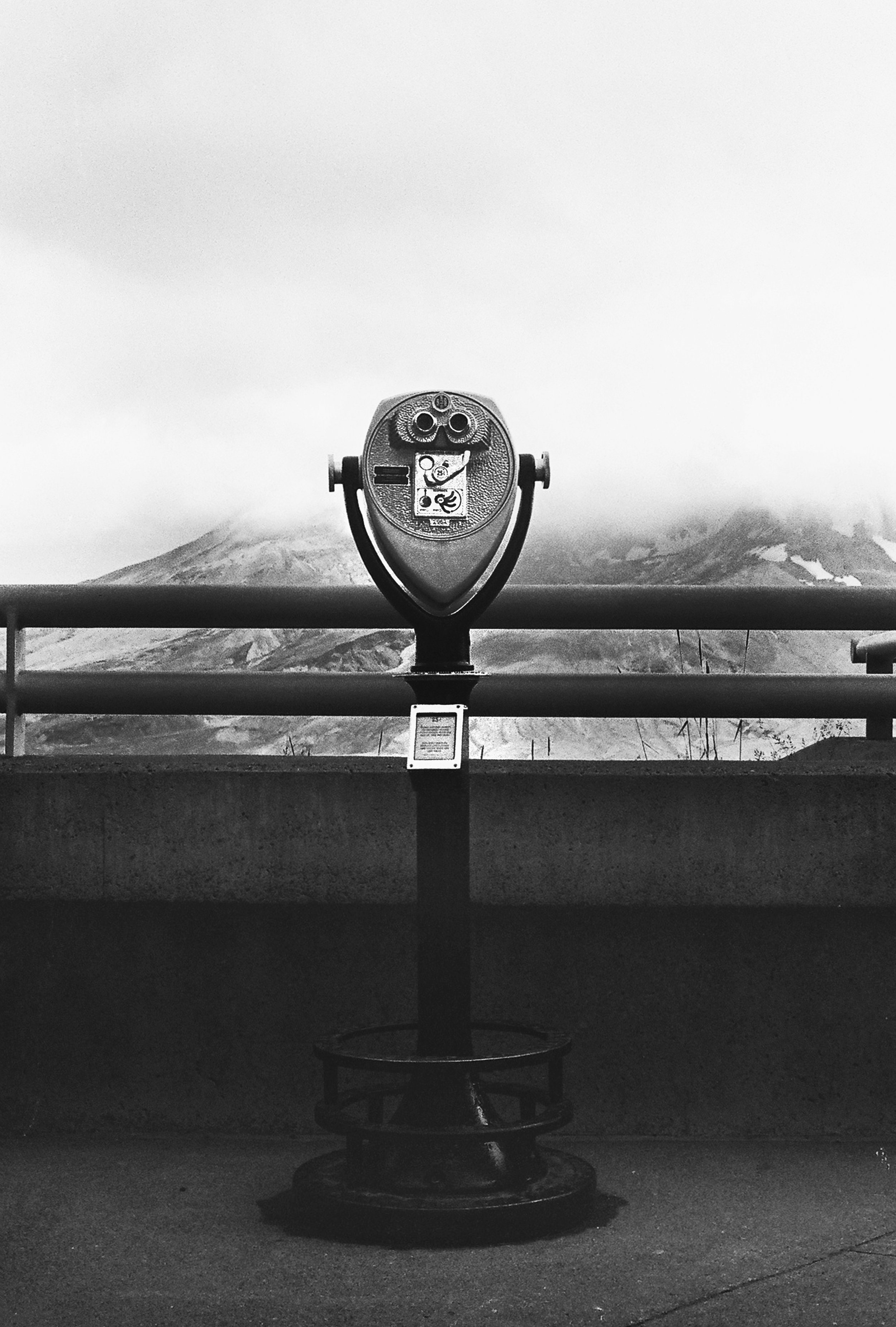
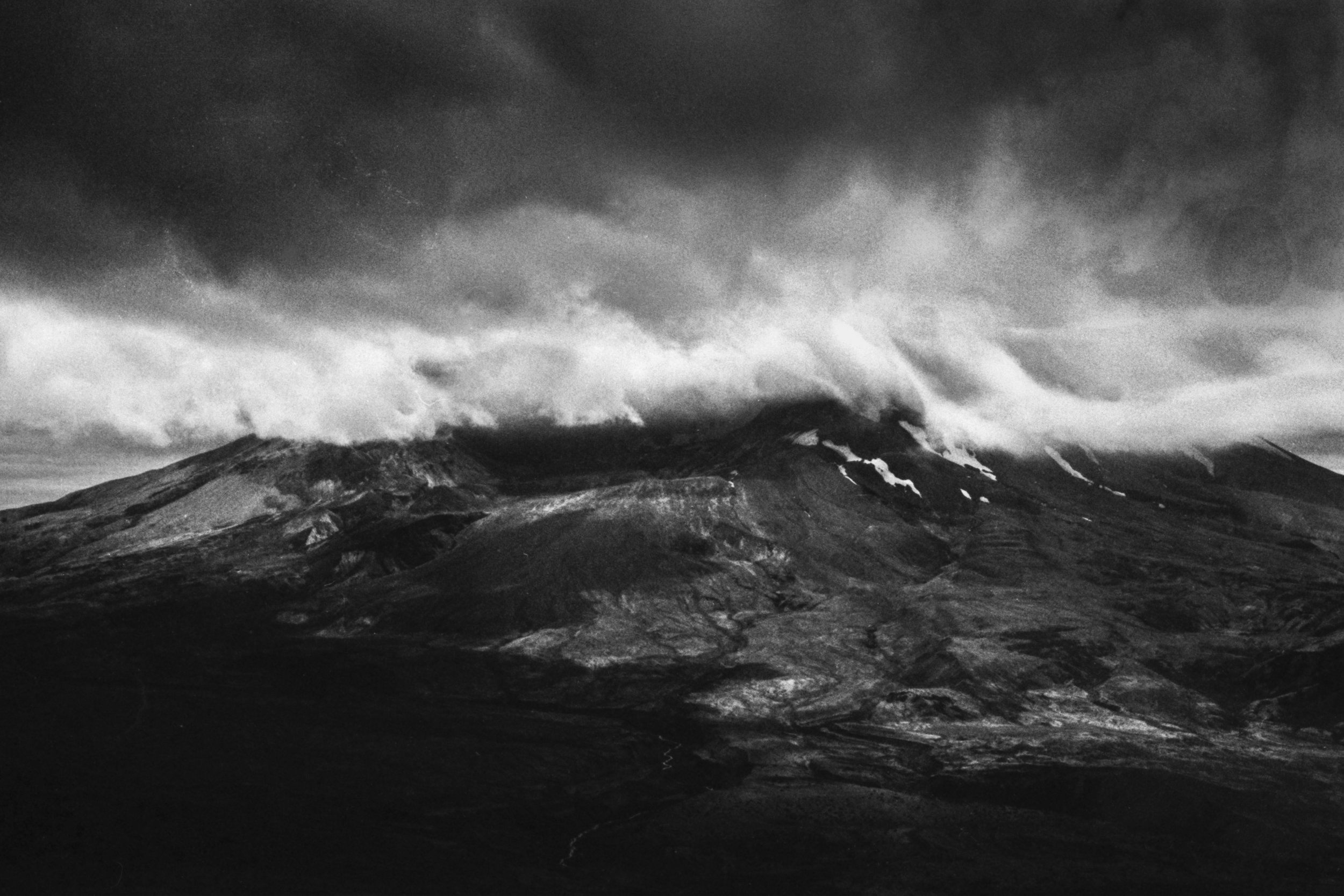
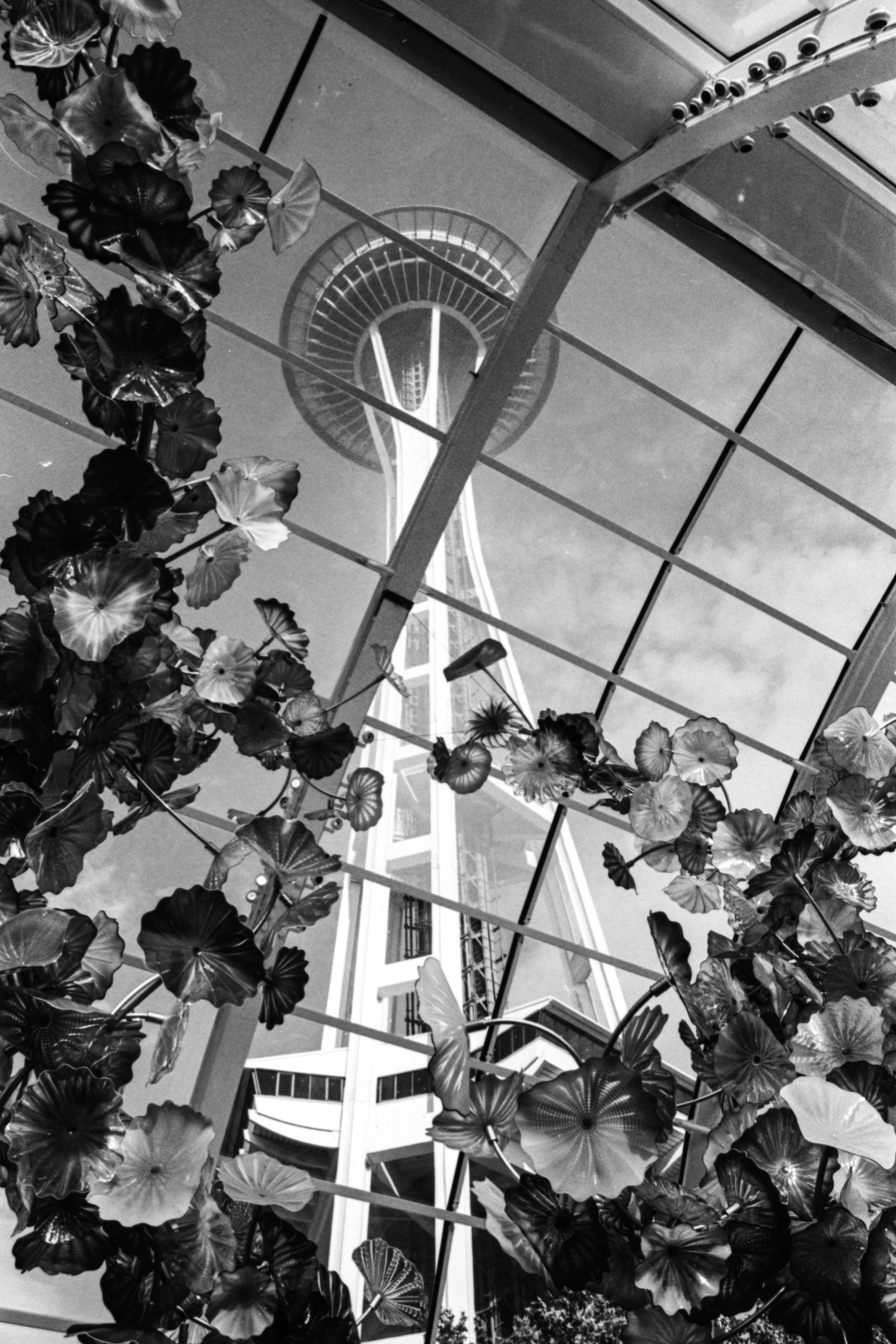
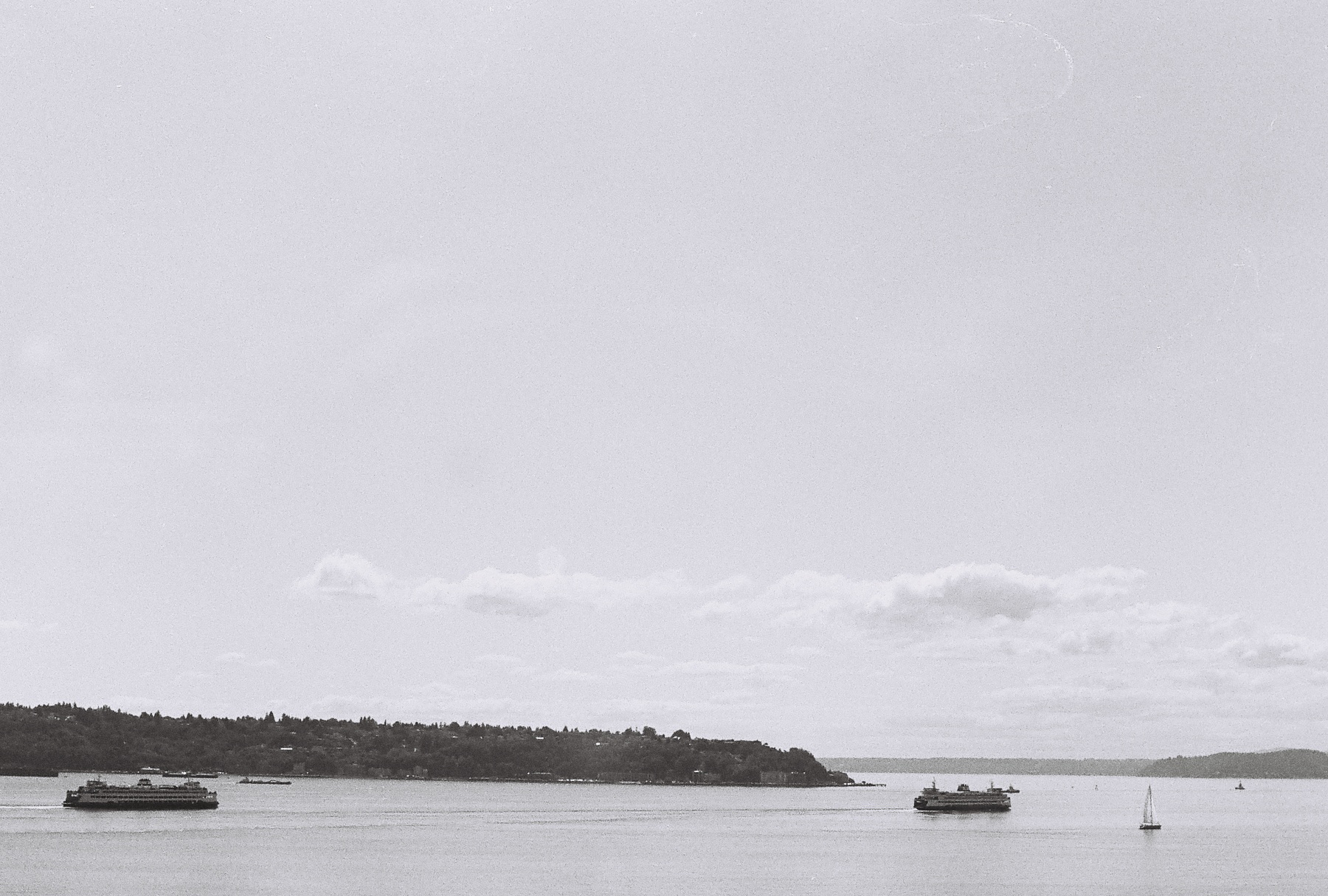
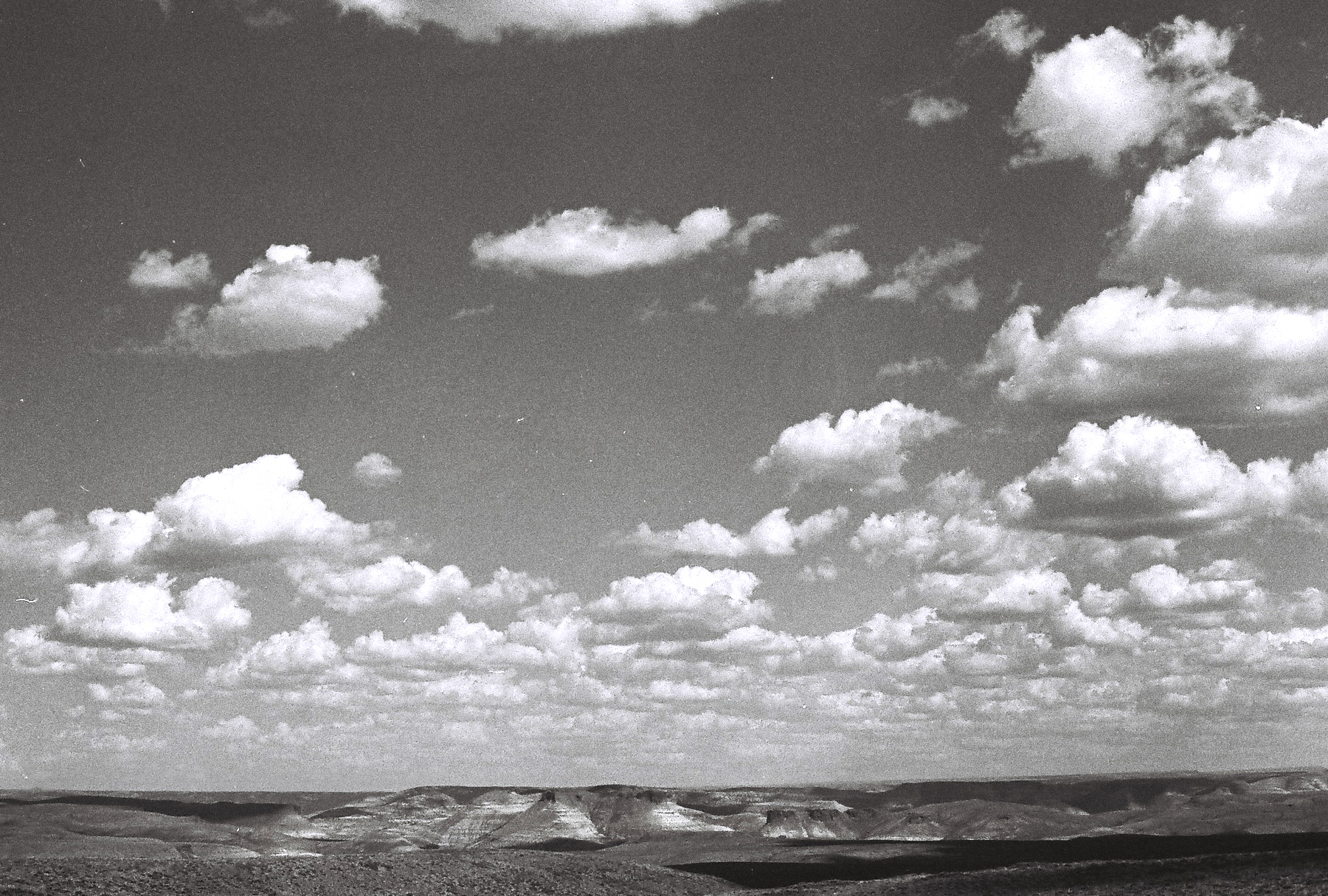
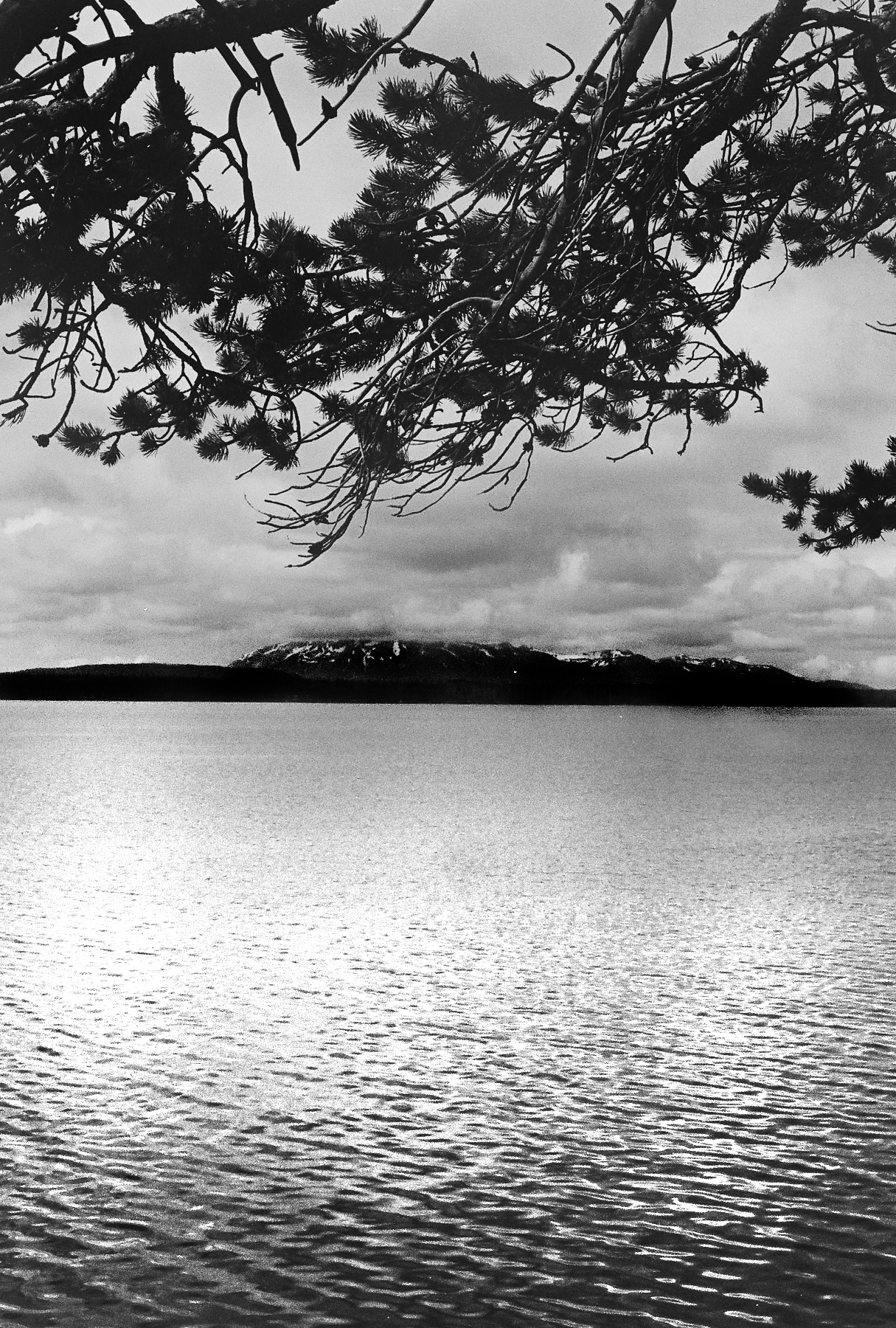
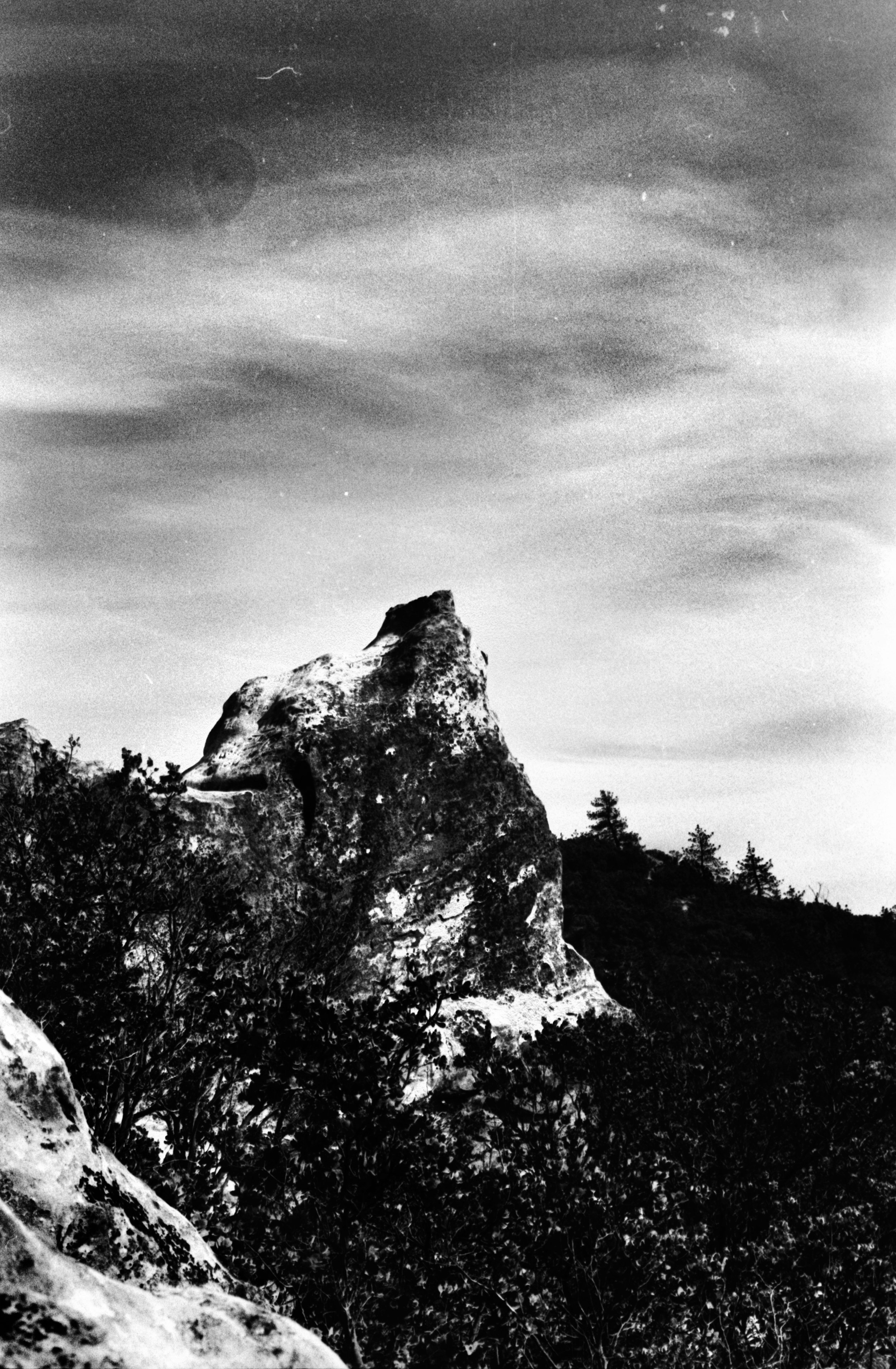
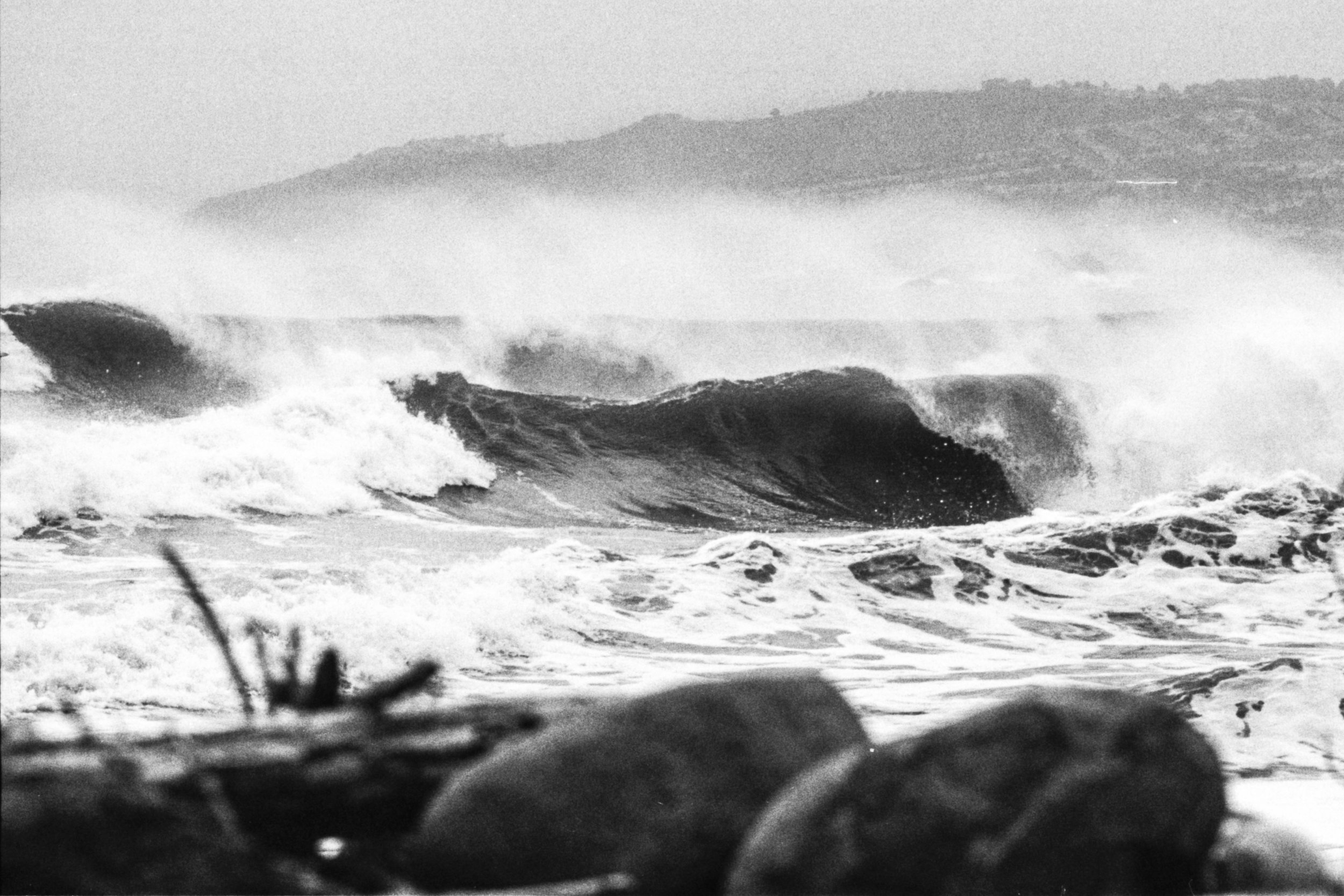
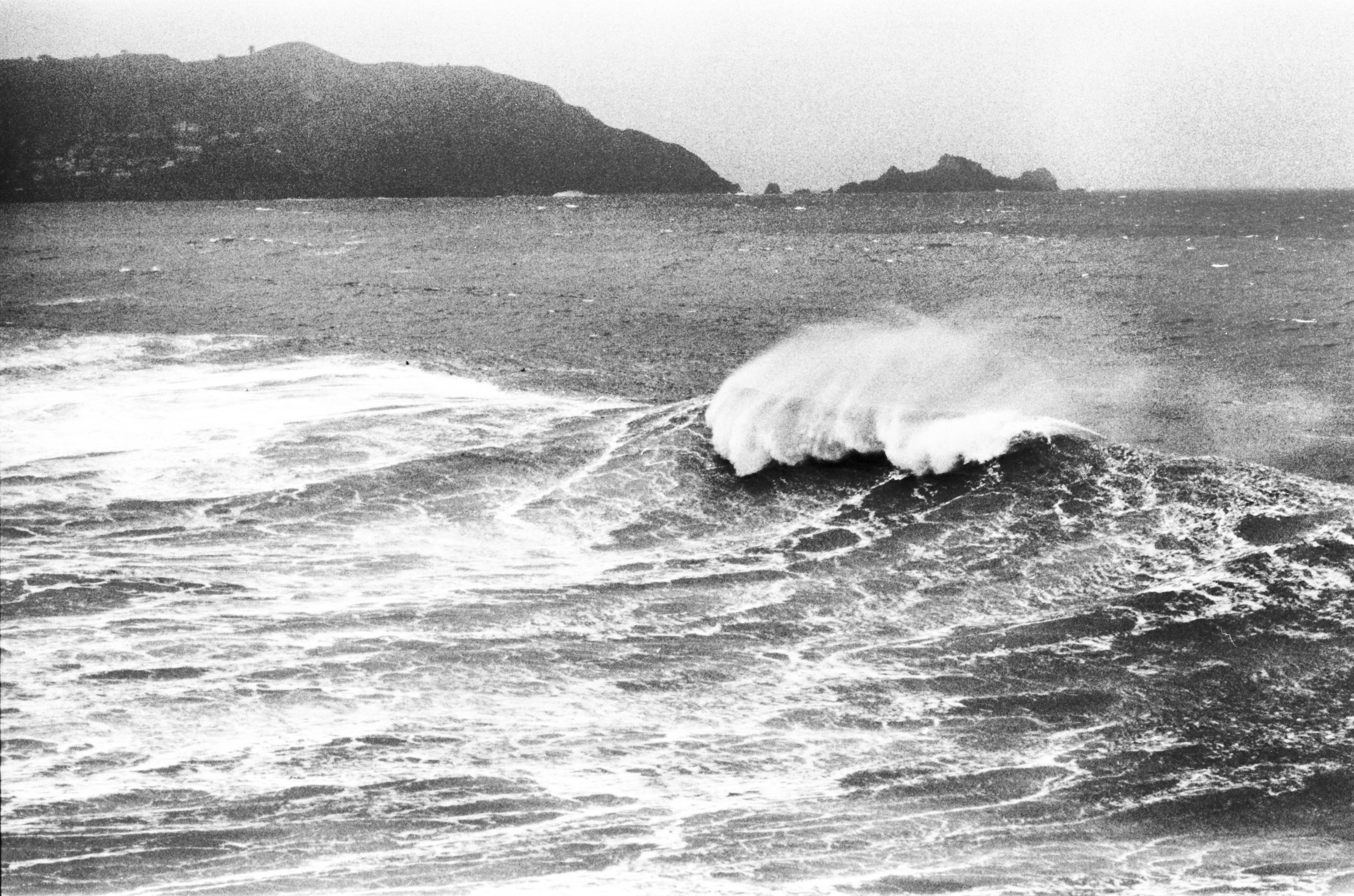
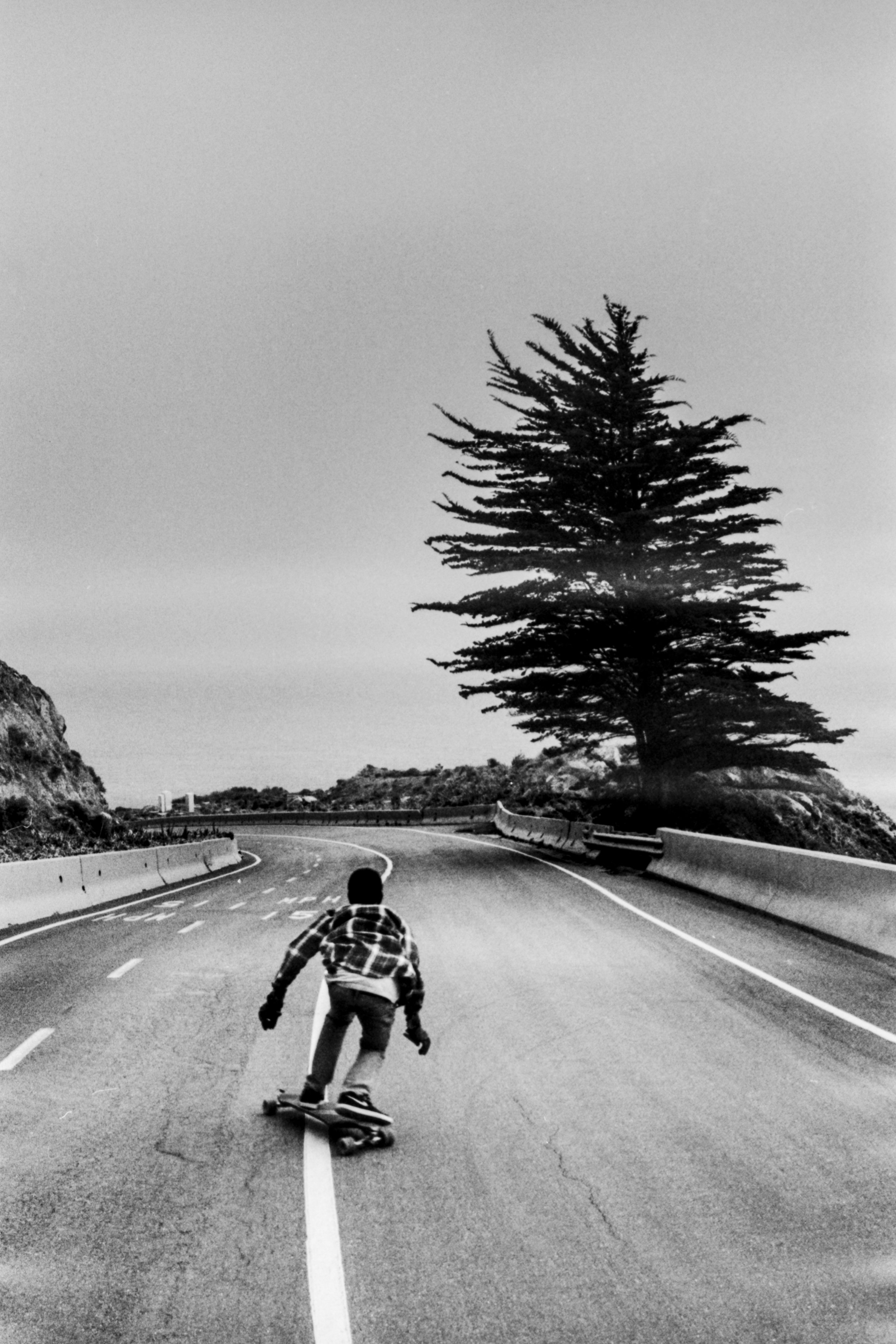
Another quality that makes Tri-X popular is it's forgiveness. This is something I can personally attest to as I have underexposed, overexposed, underdeveloped, overdeveloped, used old chemicals, exposed to light, accidentally got the film wet, and more with this film. You still have problems when you do these things, but I have had pretty good experience salvaging images from Tri-X that might have been lost on a more sensitive film. I pretty much overexpose on a consistent basis. That whole, "ere on the side if overexposure" thing really stuck with me and so when in doubt I overexpose my film to a fault. My images generally come out flatter, but I can still pull good usable results at two stops over. By scanning my images this process is easier, printing them in the darkroom can be hell if you do this. If you are looking for a first film I would highly recommend Tri-X if you are nervous about shooting on film.
If you are ever wondering whether a film is right for you, my recommendation is always to just try as many of them out as you can. It lets film companies know there are people out there buying film still and it's super fun besides all that. Tri-X is my personal favorite, but as always, equipment that works for me may not be your favorite. I hope this article was helpful to you, if you have any experiences or questions feel free to leave them in the comments.
Thanks for reading!
I am a photographer and content creator from the Bay Area of California.





